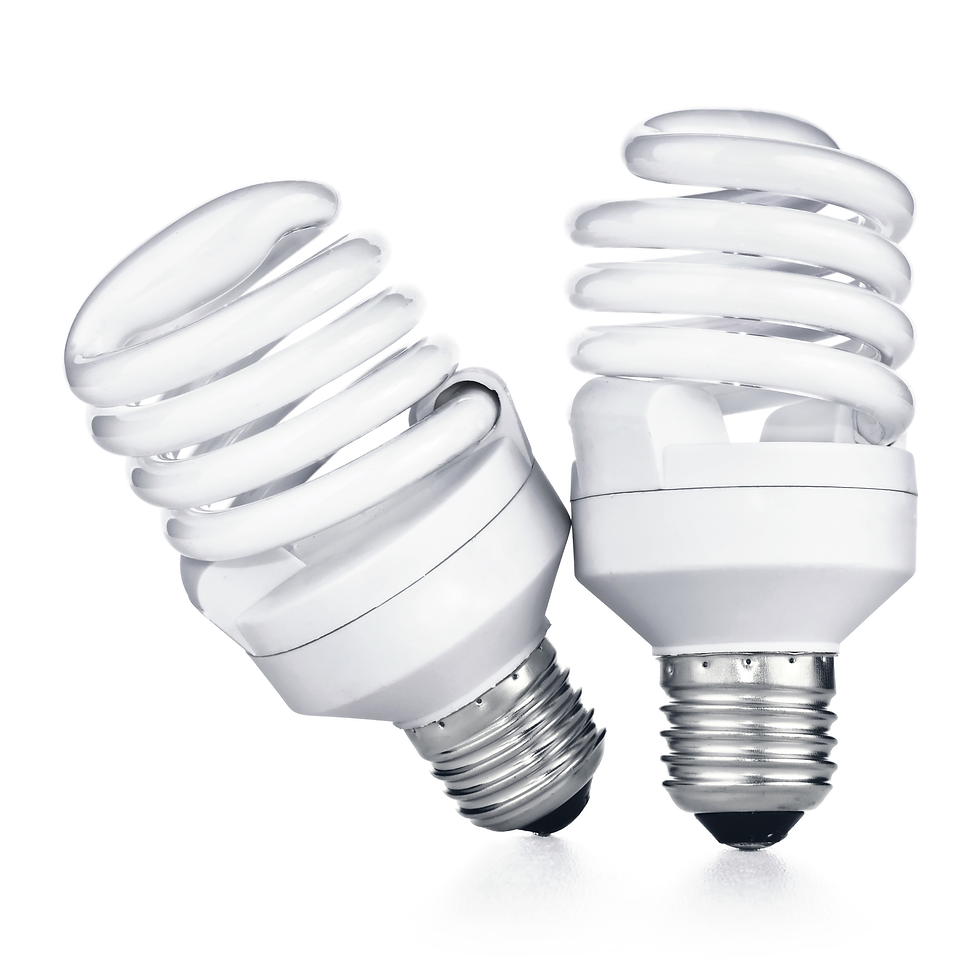Do It With The Lights Off
- shawnmariehogan
- Mar 31, 2016
- 2 min read

One of the first things you'll notice walking into an apartment building in Prague at night is that the lights in the hallway or staircase are off with the exception of a small orange light in the distance. So you hit the light. The lights suddenly turn on! 45 seconds later, the lights are off again, leaving you to search for another glowing orange circle. I once pondered how much electricity the world would save if all apartment or shared residential buildings operated in such a way where the light is only on when we need it and automatically turns off when we don't.
It turns out that energy efficiency was not actually the reason for this trend in the Czech Republic. The cost of utilities is quite high relative to wages there, so landlords and tenants look for ways to decrease their energy demand. This is also probably the reason behind the lack of dryers as well. Although electricity is quite cheap in the US at the moment, we always have a reason to turn the lights off - energy savings. In the likely event that the electricity that lights your home, apartment, or dorm comes from burning fossil fuels, using less of that electricity is always good.
So I challenge you to do it (anything, not just the dirty "it") with the lights off. Or maybe with a candle.
If you require light for those pesky situations where you don't want to stub your toe on furniture, or are trying to read, switch your bulbs to more energy efficient kinds like CFL's or LED's. Not only do they save a ton of energy, but they last significantly longer, saving you money in the long run.
Some fun facts about energy consumption in lighting:
1. " If every U.S. home replaced just one light bulb with an ENERGY STAR® efficient light bulb, the amount of energy saved could light more than 3 million homes for a year and prevent 9 billion pounds of greenhouse gas emissions per year, equivalent to the emissions of about 800,000 cars."
2. "A compact fluorescent bulb (CFL) used 75% less energy than a traditional incandescent bulb."
3. "Lighting accounts for about 11 percent of energy use in residential buildings and 18 percent in commercial buildings."
4. "Adjusting artificial light output can also provide energy savings; for example, using task lighting (e.g., a desk lamp) rather than room lighting can reduce the number of fixtures in use, and dimmers allow lights to be used at maximum capacity when necessary and at low capacity when less light is needed, such as for safety lighting, mood lighting, or when some daylight is available."
5. "The U.S. Energy Information Administration (EIA) estimates that in 2014, about 412 billion kilowatthours (kWh) of electricity were used for lighting by the residential sector and the commercial sector in the United States. This was about 15% of the total electricity consumed by both of these sectors and about 11% of total U.S. electricity consumption."

Comentários